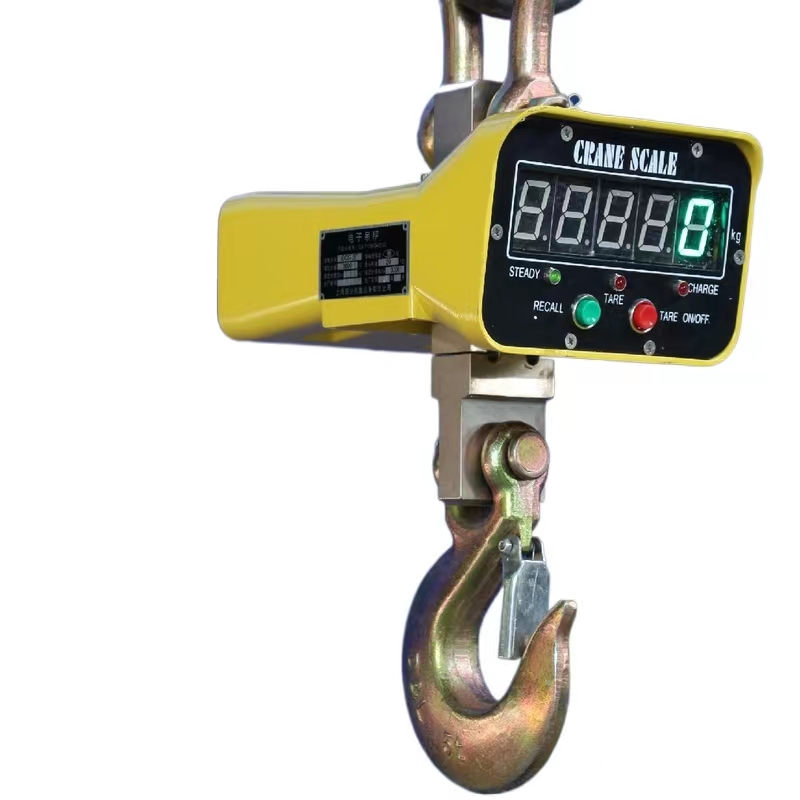


Understanding the 10,000 lb Crane Scale A Vital Tool for Heavy Lifting
In various industries, especially those involving construction, warehouse management, and manufacturing, the capability to accurately measure heavy loads is critical. This is where a crane scale plays a crucial role. Specifically, a 10,000 lb crane scale is designed to facilitate the safe and efficient handling of heavy weights, ensuring that operations run smoothly without compromising safety.
What is a Crane Scale?
A crane scale is a type of weighing device that is commonly used in industrial settings. It is suspended from a crane or a hoist and measures the weight of items being lifted. This tool provides vital information that helps operators make informed decisions about load limits, balance, and safe lifting practices. A 10,000 lb crane scale is specifically designed to measure loads up to 10,000 pounds, making it ideal for heavy machinery, construction materials, and large equipment.
Importance of Accuracy
Accuracy in weight measurement is paramount in industries that rely on heavy lifting. Overloading a crane or lifting apparatus can lead to catastrophic failures, risking the safety of personnel and damaging equipment. A high-quality 10,000 lb crane scale ensures precise measurements, enabling operators to avoid overloading risks. The ability to accurately gauge weight also aids in optimizing load distribution, which is essential for maintaining stability during lifting operations.
Varieties of Crane Scales
Crane scales come in various types, each catering to different needs and specifications. Some models are equipped with digital displays for easy reading, while others may include features like load hold, peak hold, and tare functions, which allow for more accurate measurements. Additionally, some advanced models include wireless capabilities, enabling remote reading of weights from a safe distance. This is particularly beneficial in large-scale operations where visibility could be obstructed.

Applications of a 10,000 lb Crane Scale
The applications for a 10,000 lb crane scale are extensive. In construction, crane scales are used to weigh steel beams, concrete blocks, and other heavy materials before they are lifted into place. In shipping and logistics, these scales help ensure that containers are not overloaded and that they comply with safety regulations. In manufacturing, they are employed to weigh large components and subassemblies to ensure quality control and inventory management.
Safety Considerations
When using a crane scale, safety must remain the highest priority. Operators should undergo proper training to understand how to use the scale effectively and how to interpret the readings accurately. Regular maintenance and calibration of the scale also play a crucial role in ensuring its reliability. Additionally, having a certified lifting plan in place is essential for reducing the risk of accidents.
Selecting the Right Crane Scale
Choosing the right crane scale depends on several factors, including the maximum weight capacity required, the environment in which it will be used, and the specific features needed for particular tasks. When selecting a 10,000 lb crane scale, consider factors like durability, ease of use, and the level of precision required. It is also advisable to opt for scales made from high-quality materials that can withstand harsh industrial environments, ensuring longevity and consistent performance.
Conclusion
A 10,000 lb crane scale is an indispensable tool in the realm of heavy lifting and industrial operations. Its ability to provide accurate weight measurements enhances safety and efficiency, reducing the risks associated with handling heavy loads. By understanding its features, applications, and safety precautions, operators can make the most out of this essential equipment. In an industry where heavy lifting is commonplace, investing in a reliable crane scale could mean the difference between safe operations and hazardous situations. Thus, for anyone involved in heavy lifting tasks, a 10,000 lb crane scale is not just a tool; it’s a critical component of operational success.



